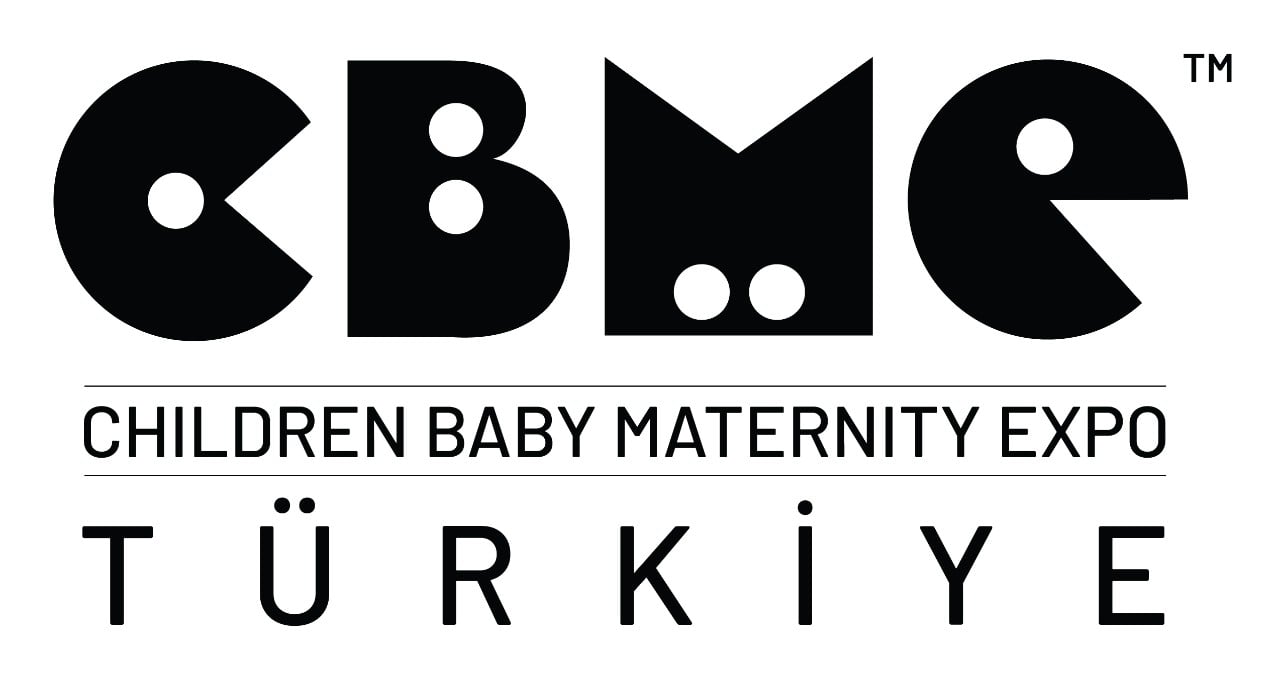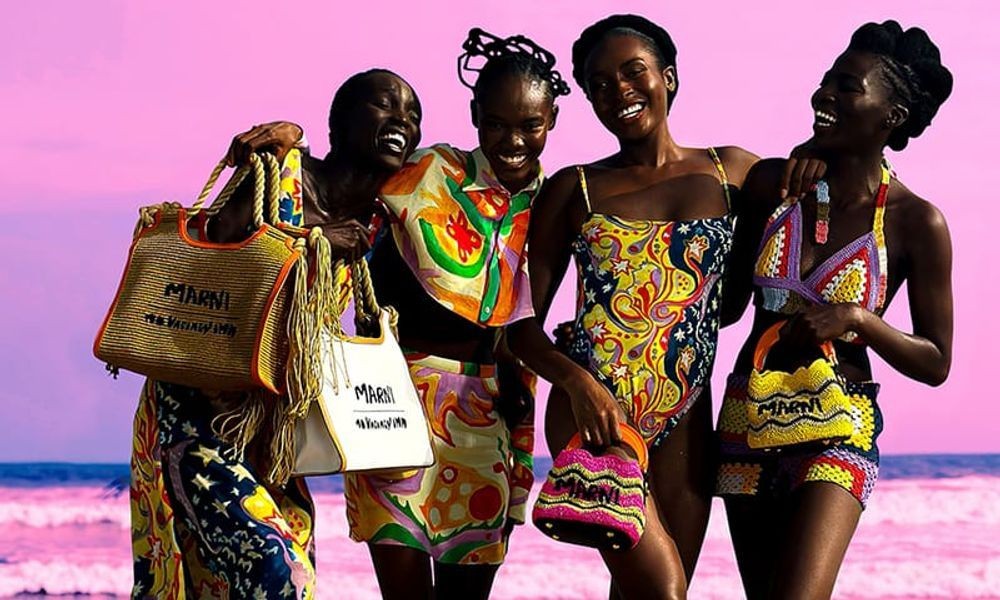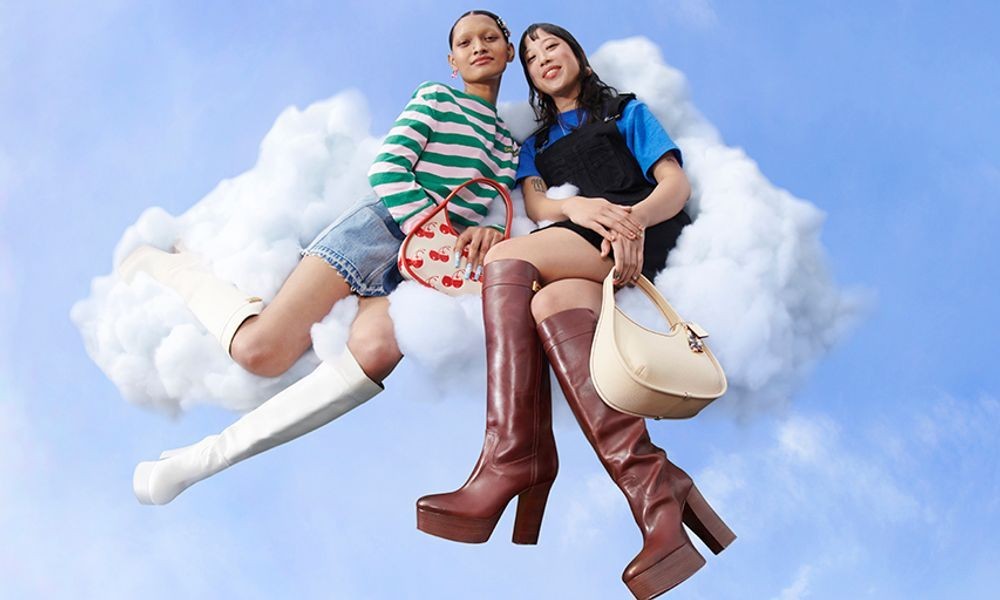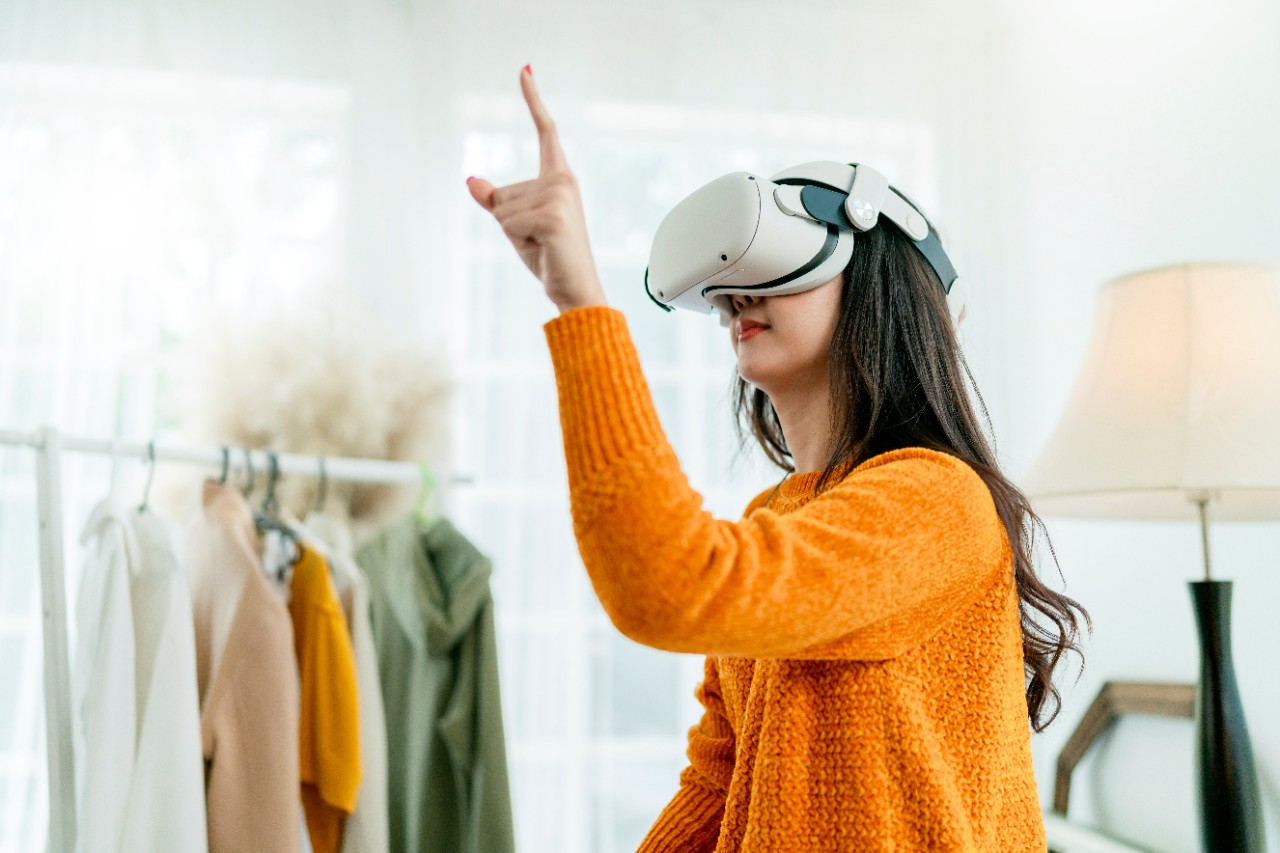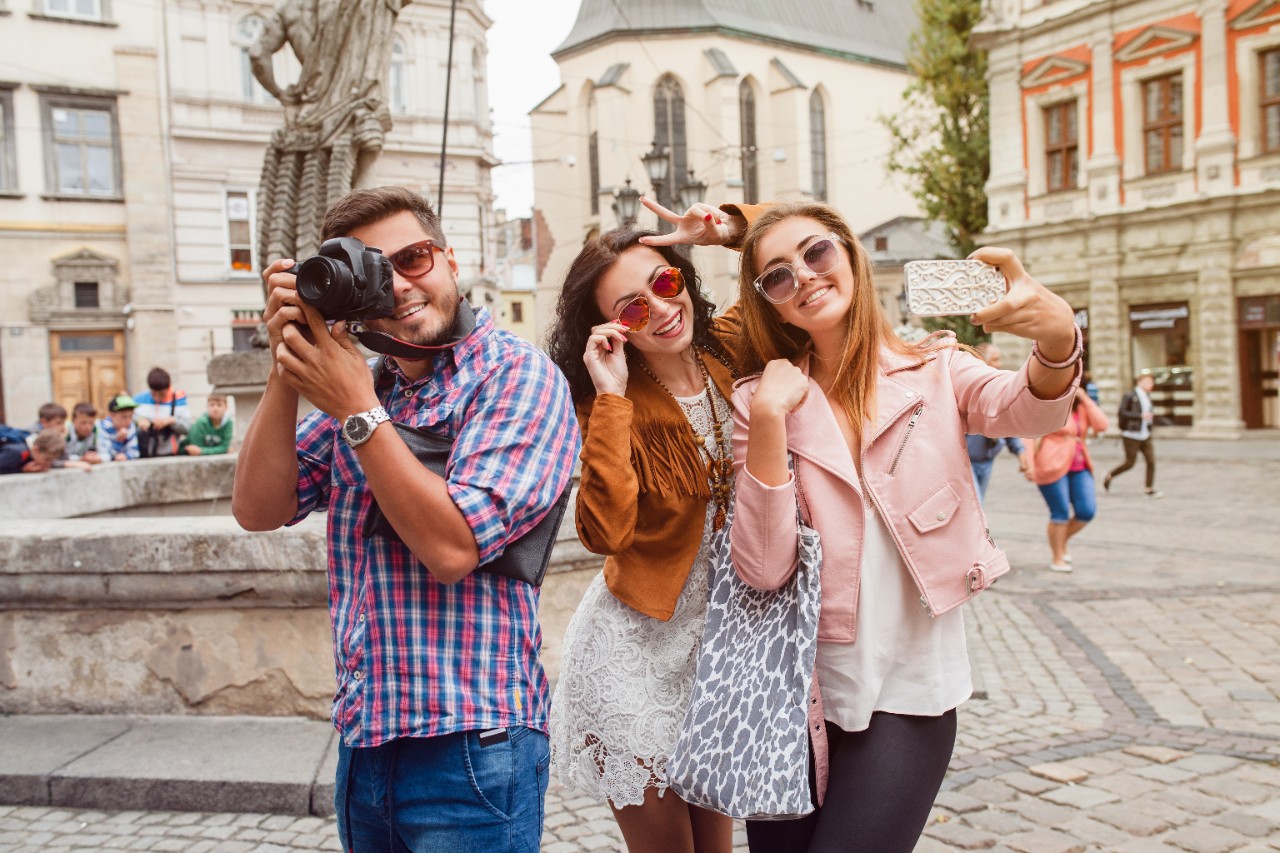CBME Turkiye | 11 - 14 December 2024
Venue | Istanbul Expo Center Hall 1-2-4-8
Visiting Hours | 09.30 - 18.30 (Wednesday-Friday)
09.30 - 16.00 (Saturday)
Trend Newsletter #14
Greetings from İstanbul!
With an ever-expanding baby, children & maternity products industry, do you find it difficult to stay updated with the latest trends of the sector? Don't worry! Our trend newsletter got your back! Trend Newsletter by CBME Türkiye keep sharing the industry insights with you regularly. Subscribe now to dive deep into industry news and enjoy your reading!
You're Invited
Calling All Trendsetters in the Baby and Maternity Industry!
Are you ready to be in the vanguard of the latest trends and innovations in the baby and maternity sector? CBME Türkiye 2023 is your ticket to staying one step ahead in the baby, children & maternity products industry.
Online visitor registration continues for CBME Türkiye 2023. Don't miss out on this golden opportunity to gain a competitive edge and elevate your business to new heights. Join our growing community of trendsetters by completing your registration: Click Here to Register
Save the date for 13-16 December 2023 and get ready to shape the future of the baby and maternity industry with us. See you at CBME Türkiye 2023!
#HeartOfTrade
Swimwear Colour Forecast S/S 25
Let's learn from the world's #1 trendsetter company and CBME Türkiye's long-term trend partner WGSN!
In WGSN's 2025 swimsuit colour forecasts, we see three palettes as Seasonal, Annual and Long Term. Pastel and retro tones that will shape the fashion for S/S 25 and beyond dominate the season.
Seasonal colour S/S 25
Saturated and stimulating brights should be used across markets to enhance prints and make an impact across new collections.
Digi-purples
Future Dusk, the pessimistic and directional colour of the year, adds richness to the season.
How to use them?: Clash purple hues to add dimension, and include metallic Hyper-Violet Shimmer. Highlight with contrasting Aquatic Awe and Ray Flower for upgraded holiday styles.
Golden hour corals
Two of Key Colours – Ray Flowerr and Sunset Corall complement each other for summery bursts of joyful optimism, while nature-inspired neutrals ground these sunshine overtones.
How to use them?: Refresh swimwear for all genders with corals, complemented by Oat Milk and Ice Blue, and accented with pops of Radiant Raspberry and Gold.
The Future of Loyalty | 2024
Brands should utilise new strategies to invite shoppers to become brand stakeholders and to maintain and grow market share.
New value systems
Value is the top factor influencing consumer purchases as we approach 2024, above quality, selection, convenience and transparency.
The unprecedented highs of the cost-of-living crisis are altering the very definition of value in consumers’ minds. Consumers of all tax brackets share fiscal concerns regarding credit card debt and the ability to make large purchases. This includes one third of high earners in the US, while for 41%of Chinese consumers, one of their top three shopping priorities is making only necessary purchases.
As two-thirds of executives believe price to be a top consumer priority ahead of brand and retailer loyalty, businesses need to rethink their offerings to ensure they can deliver new definitions of value that extend beyond brand image.
Despite shifting spending priorities, most consumers are not putting a full halt on discretionary spending. Shoppers continue to buy from companies that they perceive as delivering consistent value. Canadian womenswear brand Aritzia, which sells everyday timeless capsule pieces, saw 38% growth in Q4 of 2022, while US comfort footwear label Crocs experienced 60%sales growth during the same period.
Driving loyalty through value will mean focusing on how to make shoppers’ lives more convenient, such as offering free experiences and services alongside.
In the metaverse, brands can show customers additional forms of value through rewards, immersive storytelling and exclusive content. US activewear brand Alo Yoga released digital twins for its higher-end Aspen collection, giving shoppers access to digital events to drive loyalty IRL and online.
Source: WGSN
Generative AI:
Unlocking The Future Of Fashion
While still nascent, generative AI has the potential to help fashion businesses become more productive, get to market faster, and serve customers better.
As this season’s fashion weeks wrap up in London, Milan, New York, and Paris, brands are working to produce and sell the designs they’ve just showcased on runways and they’re starting next season’s collections. In the future, it’s entirely possible that those designs will blend the prowess of a creative director with the power of generative artificial intelligence (AI), helping to bring clothes and accessories to market faster, selling them more efficiently, and improving the customer experience.
By now, you’ve likely heard of OpenAI’s ChatGPT, the AI chatbot that became an overnight sensation and sparked a digital race to build and release competitors. ChatGPT is only one consumer-friendly example of generative AI, a technology comprising algorithms that can be used to create new content, including audio, code, images, text, simulations, and videos. Rather than simply identifying and classifying information, generative AI creates new information by leveraging foundation models, which are deep learning models that can handle multiple complex tasks at the same time.
While the fashion industry has experimented with basic AI and other frontier Technologies the metaverse, nonfungible tokens (NFTs), digital IDs, and augmented or virtual reality come to mind it has so far had little experience with generative AI. This nascent technology became broadly available only recently and is still rife with worrisome kinks and bugs, but all indications are that it could improve at lightning speed and become a game changer in many aspects of business. In the next three to five years, generative AI could add $150 billion, conservatively, and up to $275 billion to the apparel, fashion, and luxury sectors’ operating profits, according to McKinsey analysis. From codesigning to speeding content development processes, generative AI creates new space for creativity. It can input all forms of “unstructured” data raw text, images, and video and output new forms of media, ranging from fully-written scripts to 3-D designs and realistic virtual models for video campaigns.
In our view, generative AI is not just automation it’s about augmentation and acceleration. That means giving fashion professionals and creatives the technological tools to do certain tasks dramatically faster, freeing them up to spend more of their time doing things that only humans can do. It also means creating systems to serve customers better.
Source: McKinsey
Travel Marketing: Shifts & Strategies
From the rise of eco-tourism pushing marketers to adopt more transparent messaging to AI trip generators and meta-tourist escapes, we explore the opportunities for brands in the quickly evolving global travel market.
Inspiring wanderlust
Brands and destinations can capture travellers at the beginning of their journey by cultivating aspiration on social media to shape their trips.
With distrust at an all-time high, travellers are looking for honest recommendations online. A 2022 Google US study revealed 40%of youth turn to TikTok or Instagram as their primary search engine. Gen Z also value uniqueness and are seeking experiences others haven’t had. TikTok's #HiddenGem and #HiddenGems boast 1.8bn and 6.2bn views respectively. Brands and destinations can harness these tags to advertise lesser-known excursions, locations or establishments. The New York City Tourism + Conventions has a Creator Squad it turns to for recommendations and locals-only tips. This helps to showcase New York beyond the Empire State Building and Times Square, and brings business to family run shops that make up the fabric of the city.
Brands are delivering curation as a service to inspiration-seeking consumers. Brian Chesky, CEO and founder of Airbnb, discovered the traditional travel marketing funnel – which typically starts with consumers focusing on flights – wasn’t acknowledging how people are now searching and making decisions, which is more exploratory and inspiration-driven. In May 2022, Airbnb launched an expanded list of searchable accommodation categories, including Islands, Off the Grid and OMG!, aiding the discovery process and drawing on value-based UX, which will be key in the years ahead.
Palm Heights, a Cayman Island resort, created a ubiquitous internet presence among a subset of the Millennial artist, fashion and music crowd by curating “friends of the property”, a rotating group of influential professionals and internet stars across sectors, who stay at the resort and share their experience with their fans. Brands should take their cue and treat creators as ambassadors and extensions of the brand.
Source: WGSN
The Size of the E-commerce Sector in Türkiye Reached 801 Billion TL in 2022
The results of Türkiye E-Commerce Ecosystem Report prepared in cooperation with payment company iyzico, Dogma Alares and Electronic Commerce Operators Association (ETID) were announced.
Türkiye e-commerce ecosystem report 2022 results:
According to the report, the size of the e-commerce sector reached an economic size of 801 billion ₺ in 2022, corresponding to approximately 6 percent of the Gross Domestic Product. In addition, the number of e-commerce transactions doubled its value in 2020 and increased to 4.8 billion.
According to the information shared in the report; while the average basket amounts increased by 13₺ from 2020 to 2021, an increase of 79₺ from 2021 to 2022 is noteworthy. Also, e-commerce volume and number of transactions in Türkiye continues to grow every year. Türkiye currently hosts the 18th largest e-commerce market in the world. Our country is in an upward trend both on a local scale and in the international arena.
In 2022, the product categories with the highest market share in terms of sales volume and number of transactions in e-commerce were fashion and accessories, electronics and technology, cosmetics and personal care, services, tourism and travel, respectively. These five sectors accounted for 63 percent of the e-commerce sector in terms of sales volume and 66 percent of transactions.
According to the data shared, alternative payment methods were used in two-thirds of the transactions made in global e-commerce in 2022. In Türkiye, traditional methods were preferred twice more than the global average. Credit card was the most preferred payment method. Debit card is the second most preferred payment method in all enterprises except micro enterprises.
The three geographical regions with the highest concentration of sellers are Marmara, Central Anatolia and Aegean. The provinces with the highest number of sellers in Eastern and Southeastern Anatolia do not have the highest share of the regional volume.
In addition, the share of transactions completed with iyzico's Protected Shopping product increased from 1.5 per cent in 2021 to 1.7 per cent in 2022. iyzico Protected Shopping, which has been used by more than 5 million consumers to date, is especially preferred for purchases made with Pay with iyzico and wire transfer/EFT methods.
Source: Webrazzi
Sign-up our monthly "Trend Newsletter" to be always updated.
Subscribe to CBME Turkey's monthly "Trend Newsletter" to always stay up-to-date with news and trends in baby & children products sector.
